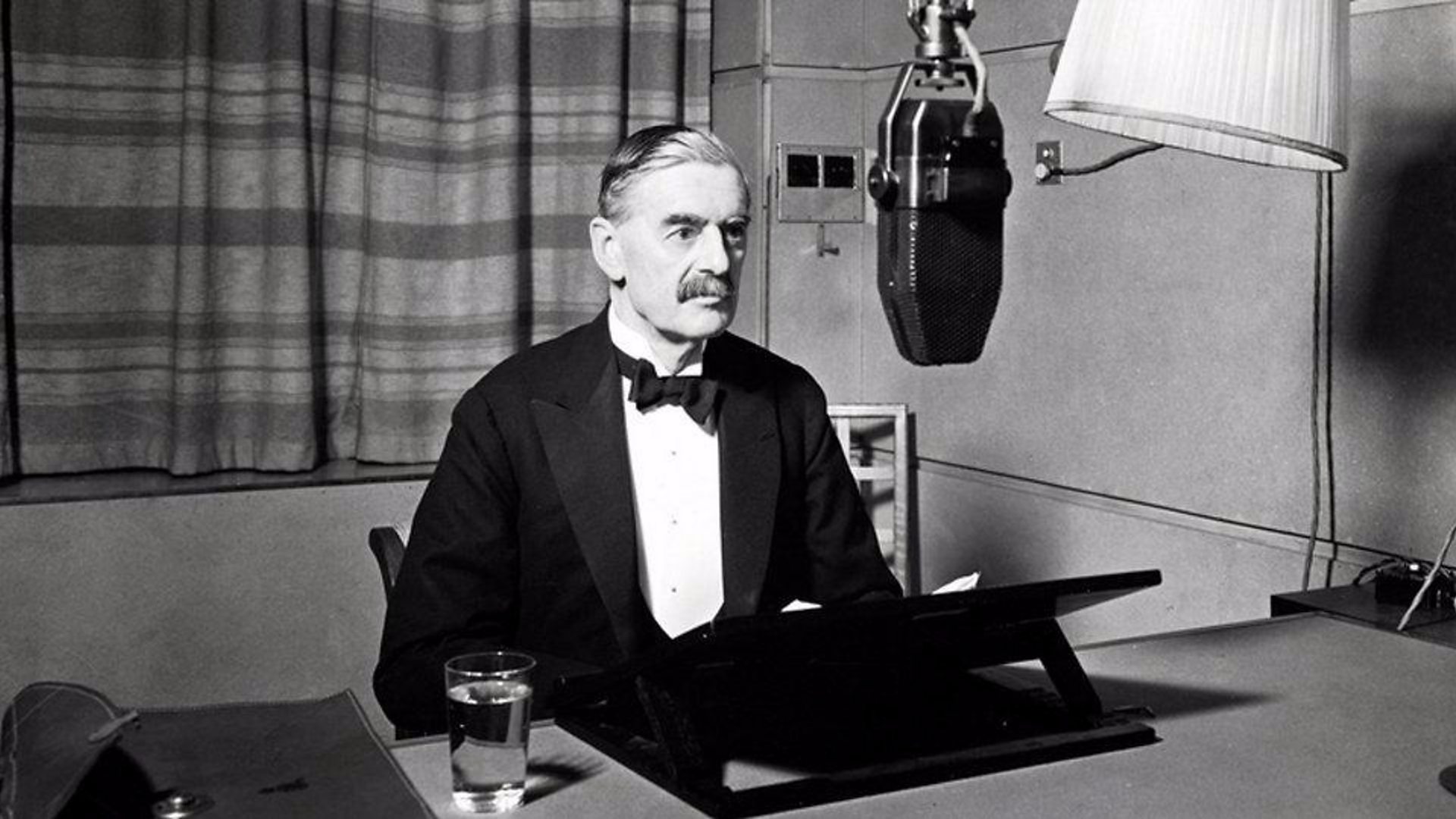
Who was Neville Chamberlain? Neville Chamberlain, a name often linked with the term "appeasement," served as the British Prime Minister from 1937 to 1940. He is best known for his policy of appeasement towards Adolf Hitler's Germany, culminating in the Munich Agreement of 1938. This controversial decision aimed to prevent another devastating war but ultimately failed. Chamberlain's tenure was marked by significant events that shaped the course of history. From his early life and political career to his role in the lead-up to World War II, Chamberlain remains a figure of intense debate. Let's delve into 13 intriguing facts about Neville Chamberlain that reveal more about his life, decisions, and legacy.
Early Life and Background
Neville Chamberlain, a significant figure in British history, had an intriguing early life that shaped his political career.
-
Born on March 18, 1869, in Birmingham, England, Neville Chamberlain was the son of Joseph Chamberlain, a prominent politician and businessman. His father's influence played a crucial role in his future endeavors.
-
Chamberlain was educated at Rugby School and Mason Science College, which later became the University of Birmingham. His education laid the foundation for his analytical and administrative skills.
-
Before entering politics, Chamberlain spent several years managing a sisal plantation in the Bahamas. This experience gave him a unique perspective on business and international affairs.
Political Career Beginnings
Chamberlain's entry into politics was marked by a series of important roles that prepared him for higher office.
-
In 1911, Chamberlain was elected as the Lord Mayor of Birmingham. His tenure focused on improving public health and housing, showcasing his commitment to social welfare.
-
He entered the House of Commons in 1918 as the Member of Parliament for Birmingham Ladywood. This marked the beginning of his long parliamentary career.
-
Chamberlain served as Minister of Health twice, from 1923 to 1924 and again from 1924 to 1929. During this time, he introduced several reforms, including the Housing Act of 1923, which aimed to address the housing shortage.
Prime Ministership and Policies
Chamberlain's tenure as Prime Minister is often remembered for his controversial policies and decisions.
-
He became Prime Minister on May 28, 1937, succeeding Stanley Baldwin. His leadership came at a critical time in European history.
-
Chamberlain is best known for his policy of appeasement towards Adolf Hitler. He believed that conceding to some of Hitler's demands would prevent another devastating war.
-
The Munich Agreement of 1938, which Chamberlain signed with Hitler, allowed Germany to annex the Sudetenland. This agreement was initially hailed as a success but later criticized as a failed policy of appeasement.
World War II and Legacy
Chamberlain's role during the early stages of World War II and his subsequent legacy are subjects of much debate.
-
When Germany invaded Poland in 1939, Chamberlain declared war on Germany. This marked the beginning of World War II and the end of his appeasement policy.
-
Due to mounting criticism and declining health, Chamberlain resigned as Prime Minister on May 10, 1940. Winston Churchill succeeded him, leading Britain through the war.
-
Despite his controversial policies, Chamberlain's efforts to modernize Britain's armed forces and his initial attempts to avoid war are acknowledged by historians.
-
Neville Chamberlain passed away on November 9, 1940, just six months after resigning. His legacy remains complex, with debates about his decisions continuing to this day.
Final Glimpse at Neville Chamberlain
Neville Chamberlain's legacy is a mix of controversy and significant contributions. Known for his policy of appeasement towards Nazi Germany, he aimed to avoid another devastating war. Despite criticism, his efforts bought crucial time for Britain to prepare for conflict. Chamberlain's tenure as Prime Minister also saw important domestic reforms, including housing and health improvements. His resignation in 1940 marked the end of his political career, but his impact on history remains a topic of debate. Chamberlain's story is a reminder of the complexities leaders face and the difficult decisions they must make. Understanding his actions and motivations provides valuable insights into a turbulent period in world history. As we reflect on his life, it's clear that his legacy is more than just a single policy; it's a testament to the challenges of leadership during times of crisis.
Was this page helpful?
Our commitment to delivering trustworthy and engaging content is at the heart of what we do. Each fact on our site is contributed by real users like you, bringing a wealth of diverse insights and information. To ensure the highest standards of accuracy and reliability, our dedicated editors meticulously review each submission. This process guarantees that the facts we share are not only fascinating but also credible. Trust in our commitment to quality and authenticity as you explore and learn with us.


